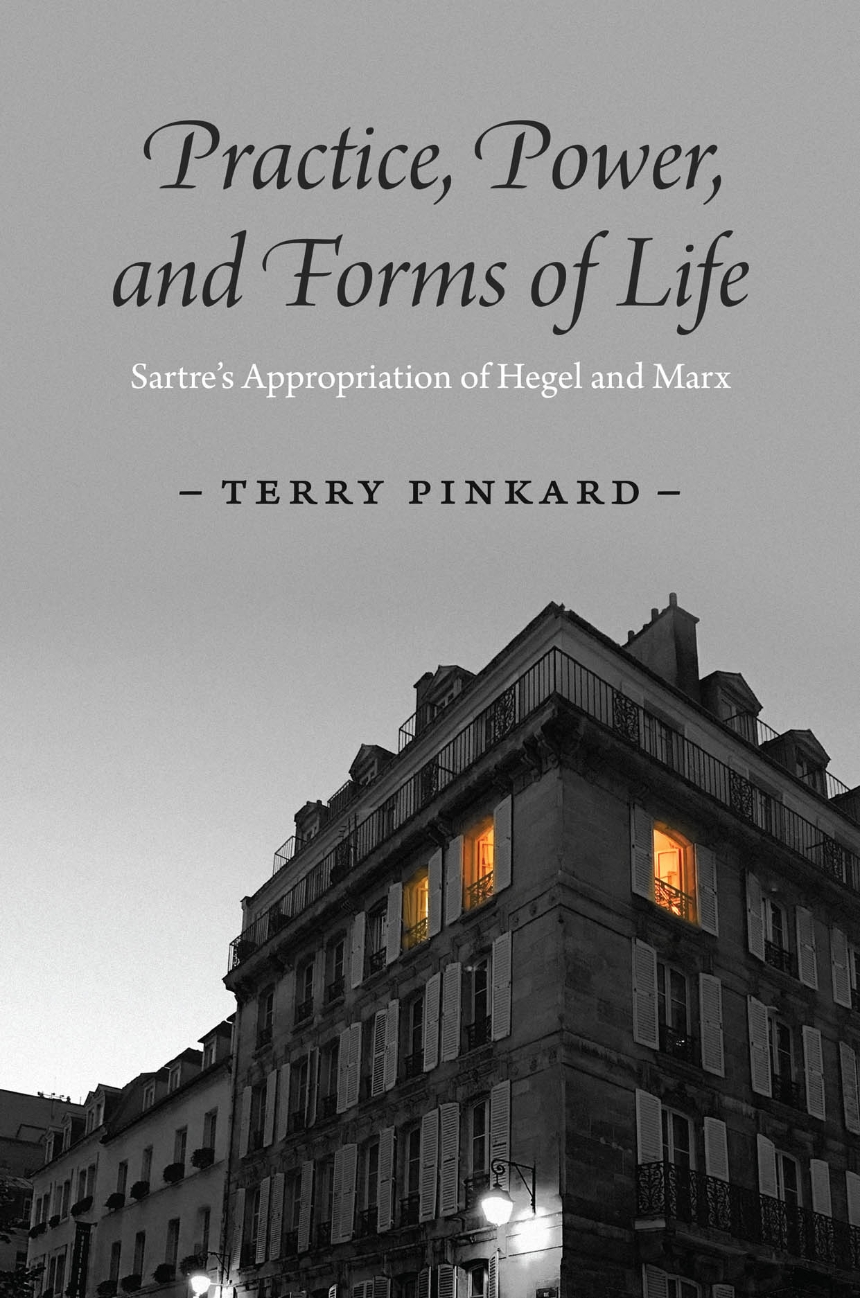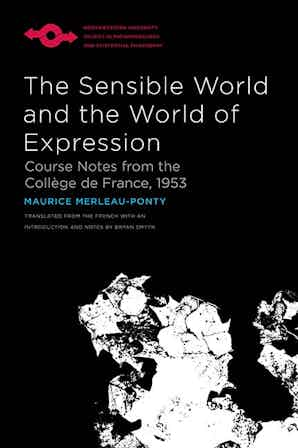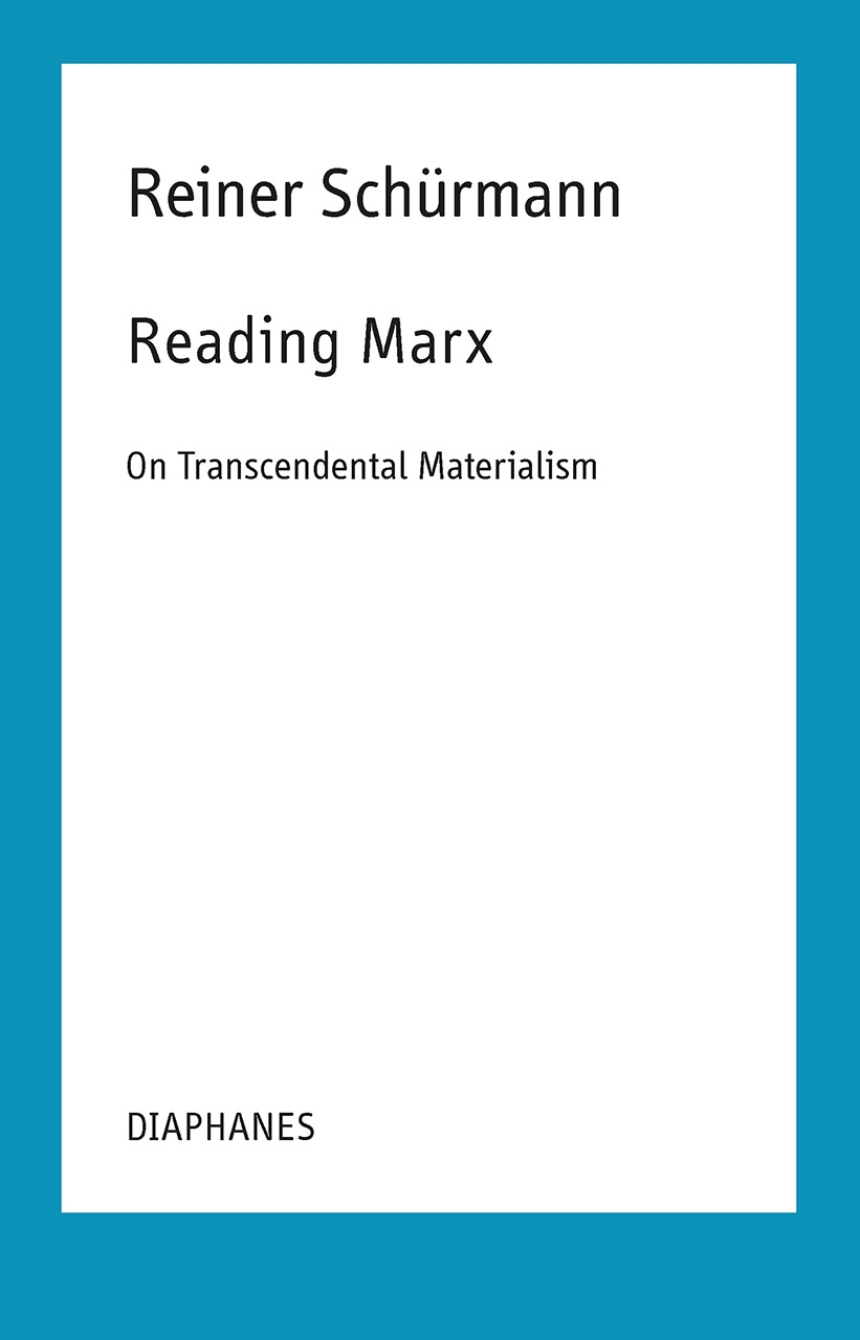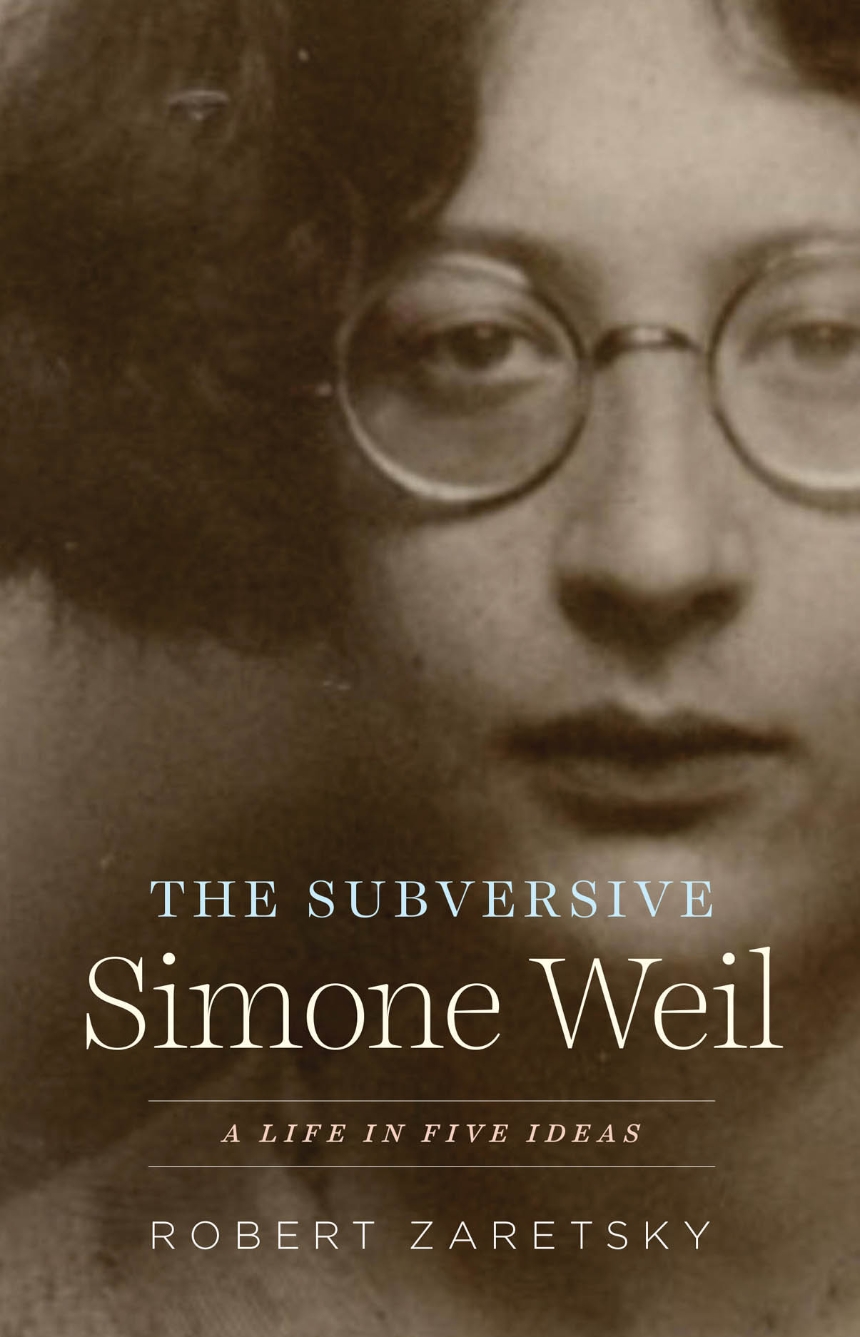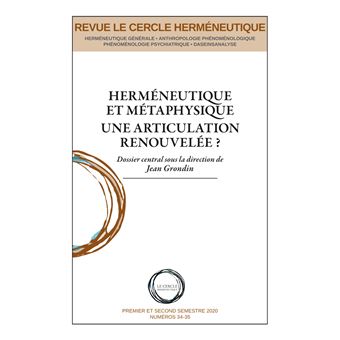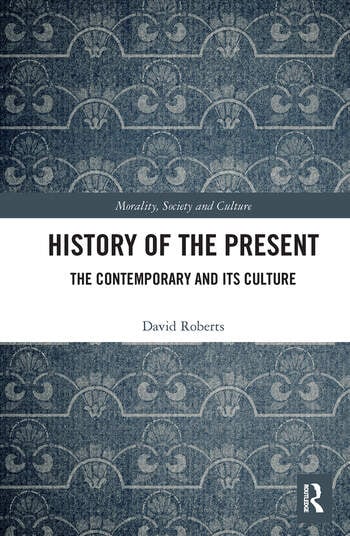 History of the Present: The Contemporary and its Culture
History of the Present: The Contemporary and its Culture
Morality, Society and Culture
Routledge
2022
Paperback
152
Reviewed by: Moritz v. Kalckreuth
In current philosophical discussions, the concept of historicity is rather problematic: Most of analytical (and also some phenomenological) views do not mention history at all, assuming that an analysis of concepts or phenomena would automatically lead to universality. This seems rather odd, keeping in mind that there are many phenomena with a historical dimension, especially those related to culture. However, trying to grasp this dimension by referring to “causal powers” or to “functions” does not seem an extremely promising way for it suggests an analogy to physical and biological matters that is difficult to defend. On the other hand, there are influential traditions focused on the history and genealogy of modern society – for instance Critical Theory and different views often labelled as ‘postmodern thought’ or ‘French Theory’. Apart from the fact that these traditions come along with a vast field of research-literature and their own classical canon (what makes a reception from ‘outside’ quite difficult), they do also apply a horizon of key narratives such as ‘alienation’ and ‘objectification’ which many scholars – more interested in specific questions than in the deconstruction of modernity – would hesitate to accept.
In History of the Present, David Roberts discusses notions of the historicity of the present and how it is coined in literature, cultural practices and institutions (like the museum). Though being clearly influenced by the latter tradition (referring to thinkers like Walter Benjamin, György Márkus and Agnes Heller) his discussion is very focused on the problem in question, what makes it insightful and stimulating for readers who are interested in cultural theory and cultural philosophy, even though they might remain rather skeptical about critical movements and deconstructivist campaigns. According to Roberts, our current notion of the present as “the contemporary” is problematic because of isolating us from adequate relations to the past and the future (1): Whereas the reference to the past is primarily focused on the present itself recognizing only what fits into our current structure of needs, the relation to the future is characterized by seeing it as a threat that has to be avoided by lengthening the present (2).
Most chapters of the book do explore the change of our relation to present, past and future to a mere reduction of the present to the contemporary – a perspective that is called “presentism”. This critical analysis includes also the different consequences regarding various cultural phenomena. The first step of Roberts’ discussion is to provide an understanding of the consciousness of present, past and future corresponding to modernity. He argues that the modern approach to historicity is shaped by “scientization” (16), i. e. the expansion of a scientific attitude towards non-scientific forms of our lifeworld, then “aestheticization”, (16) by which is meant an understanding of relics and artefacts as artwork combined with a view on art as the new “absolute spirit” (22), and finally “musealization”, i. e. the creation of institutions that guard artworks and lore of the past (2, 16, 21). These features go along with a strong faith in progress and in the realization of universal ends in the future (18). Following thinkers like Lukács, however, Roberts does not hesitate to add that this modern perspective is in many ways problematic and suffers from alienation (16–21).
After that, he reconstructs the view of Walter Benjamin that (in the intellectually fruitful time after World War I) stands somehow between modernism and presentism by referring to the present as being pregnant of traumatic images of the past (33). Since Benjamin is strongly influenced by Marcel Proust and his famous figure of an involuntary experience of the past (29), Roberts discusses their relation over some pages. This chapter is clearly to be considered a highlight of the book, succeeding to explore the work of these quite enigmatic authors briefly and yet in an appropriate and informative way. At the very end of the book, he will return to some insights of Benjamin stressing their potential for an alternative view.
In the following chapters, Roberts explores how the modern view on the present, past and future is replaced by what is called “presentism” (22), pointing out the various implications that concern our cultural lifeworld. In presentism, the present is understood as “the contemporary” (23) which is no longer standing in historical traditions but does constantly repeat “the spectacle of […] the eternal return of the new” (21) looking at itself “as on history” (47). Roberts writes: “Precisely this loss of a historical relation to the past is the mirror of a present that celebrates itself in the endless now of a consumer society” (48). After formulating this general problem, he describes different phenomena that might be interpreted in the light of this problematic development. For the purpose of this review, I feel compelled to summarize his comprehensive analyses ‘in a nutshell’.
As regarding art, it is argued that there is no longer a ‘definition’ or self-understanding somehow connected to a (national or international) art history. Even the self-understanding of being progressive, that would still presuppose a relation to the past, is replaced by a multiplicity of styles and self-citations (101–103). Furthermore, art does no longer come to us from the past: In fact, anything may count as contemporary art, at least if its form of presentation fits with the need of “spectacle” and “experience” (53, 55). Another field that is explored is that of literature, which is discussed from different perspectives: First, it is analyzed how various novels after World War I begin to depict dystopian, threatening views on the present and the future, showing the danger of “anonymization in mass”, the “disintegration” of value-attachments and reason or a “imprisonment in the self” (65–70). Then, Roberts argues that the change from modernity to presentism includes the shift from “world literature” to “global ubiquity” (83). Here it is shown that the modern historicity is compatible with different views on literature: World literature does not necessarily mean that there is some sort of world-canon (a notion that is contaminated by the idea of a western domination), but as a “form of circulation”, making parts of different national literary history accessible to others by means of translation (91). The presentist perspective, though, does understand contemporary literature as “global”, which means that it is no longer part of literary history (87).
As pointed out above, one cultural phenomenon repeatedly emphasized by Roberts is the museum. According to him, the idea of an institution for the collection and preservation of relics and artwork from the past is clearly connected to modernity and universalism. The contemporary museum, however, has become a place of a spectacular “encounter” (107), in which fashion (109), everyday objects or digital simulations may become artwork (110), often presented in the context of new temporary exhibitions (110). Being globalist and “transhistorical”, a museum of contemporary art can be located everywhere and has no need to be connected to local history (108), but to tourism and cultural industry (54). A quite similar case is that of heritage: Roberts points out that the notion of heritage applied in presentism is post-historical by being limited to our experience in the present (48). As an example, he mentions the restoration of historical city centers, offering just facades meant to satisfy a certain demand of aesthetic experience in terms of a highly commercialized “heritage-industry” (51). To put it bluntly, the history of sites and monuments is not relevant, as long as they can be made fruitful for spectacle ore leisure, for instance as a setting for concerts, festivals or other events (51). Roberts’ claim, that the emergence of this whole industrial complex cannot simply be explained referring to “the cheapness of travel” (58), is very persuasive: Today, every bookshop provides numerous books that tell us which 999 places are worth a visit ‘before you die’ – not to mention podcasts, blogs and videos and reels on social media. One reason why the “culture industry” critically described by Roberts is so successful is its correspondence to a certain notion of a meaningful life: Today, leading a good and successful life means accumulating a remarkable quantity of experiences by having seen and visited this and that.
There are some categories that return more or less clearly in all of these mentioned fields: a problematic isolation of contemporary culture from its historical context, their potential for commercialization and finally their aestheticization. From a philosophical (and phenomenological) point of view, especially the last feature is interesting: In current neo-phenomenology (for instance the works of Gernot Böhme or Hermann Schmitz), there is a clear affirmation of our bodily experience of the present, which is taken to be the source of authentic life and self-understanding. Following Roberts, we may lay bare a weak point of such an argumentation: A philosophical account of our (cultural) life should be able to reflect the rather obvious possibility of manipulated experiences and the misuse of an aestheticization of the lifeworld.
On the last pages of the final chapter, Roberts sketches his own alternative to the problematic ‘presentism’ (and, of course, also to the forever blocked path back to the great narratives). Following a reading of Benjamin and Agnes Heller, he argues for a historical consciousness that performs a constantly repeated “discovery, recovery and revaluation of the past” (137). Although this past is partly “our creation”, it is a creation in the non-problematic (i. e. not self-centered) sense of an “outcome of endless labour of interpretation” (137). This historical consciousness has to be combined with the idea of “contemporaneity”, i. e. the “togetherness” of past, present and future from the perspective of an “absolute present”, that is “capable of integrating dynamic change and continuity (137). Instead of an arbitrary relation to heritage that is vulnerable to commercialist misuse, Roberts advocates a notion of world heritage that is related to the idea of the freedom of mankind and civilization (138).
It is a good sign if a book does not simply provoke approval or disapproval (depending on the constellation of intellectual traditions of author and reader), but honest questions and reactions for a further discussion. In this sense, I would like to formulate some questions and comments. Firstly, I have asked myself if Roberts’ account could also provide an understanding for the historical consciousness of philosophy itself, though this topic is not clearly addressed in the book. In our current debates and systematics, there are many distinctions that are taken to be ‘timeless’ and universal, though they are an evident product of the development of different traditions – for instance the distinction of mental states and bodily feelings in the philosophy of mind, the reduction of practical philosophy to ethics (and thus to individual choices and their justification, ruling our political and social matters) and finally the distinction of doing either theoretical or practical philosophy. Then, analog to art and museums, mainstream-philosophy has become transnational, for it does not longer matter if an analytic philosopher works at a British, a German or a Brazilian university: the debates and the literature are mostly the same, while differences concern rather the funding and the e-literature packages that the institutional libraries may afford.
The second point does concern Roberts’ thoughts on heritage: Though I do fully accept his description of the problematic constellation of heritage, commercialization and tourism (in fact, I write this review being visiting-scholar in a city overrun by tourists after having gained the UNESCO-status), I am not sure if the concept of heritage itself is – so to speak – fatally contaminated by presentism. Actually, Roberts himself does imply that a non-problematic notion of heritage is possible, using the term “world heritage” at the end of his book. However, if we understand heritage as something that comes to us unbidden (!) from the past, that we cannot change but that we have to deal and live with, this does not seem to far from the notion of involuntary memory and remembrance proposed by Roberts referring to Benjamin. Putting it in that way, heritage may also provide a ground for a hermeneutical relation to history, interpreting why we have the heritage we have and how we should deal with it. Perhaps, this whole point does arise because of a certain lack of examples apart from the restoration of historical city centers for aesthetic purposes.
The last point concerns the range of theories discussed by Roberts: It is clear that the brevity and the very focused character of his book make it difficult to pay attention to all possibly relevant approaches. Nevertheless, since he does himself include some sort of “hermeneutics” in his view, it would be quite interesting to know how his position relates to the tradition of philosophical hermeneutics, that was (from Dilthey to Taylor) always concerned with historical relations and interpretation. The same applies for culture critique: Roberts is mostly inspired by Marxist and deconstructivist views, mentioning also conservative counter-positions like that of Ludwig Klages and Heidegger. Nevertheless, there seem to be various alternatives ‘in between’, for instance the approaches of Helmuth Plessner or Hannah Arendt, formulating critiques that are grounded on the idea that there are certain conditions of the possibility of personhood (including a historical dimension) that are challenged and thus have to be defended.
Putting into question our notion of the present and its relations to the past and the future, David Roberts elaborates a highly plausible background for the description and normative interpretation of various cultural phenomena and issues. The brief, but precise and focused chapters do also provide a remarkable overview on philosophical accounts on historicity and their reception in terms of cultural theory. Combining these two efforts, History of the Present is to consider an highly insightful and stimulating work for scholars of philosophy and cultural studies.

